Do you have a question about the Hellenbrand Iron Curtain 2.0 and is the answer not in the manual?
Explains the three-step process of oxidation, precipitation, and mechanical filtration for removing contaminants.
Details how the Iron Curtain® System introduces air into the aeration tank and manages the air recharge cycle.
Lists the benefits of the Iron Curtain® System compared to other water treatment systems.
Specifies the required influent water pH level for effective iron oxidation reaction.
States the maximum rated limit for ferrous and ferric iron in the water supply.
Discusses the impact of iron bacteria and methods for control to ensure system function.
Defines hydrogen sulfide and its maximum rated limit in the water supply.
Specifies the limit for manganese and conditions for optimum reduction.
Explains how organic matter like tannins affects oxidation and filtration performance.
Outlines the recommended maximum residual chlorine levels for the system.
Discusses TDS as an indicator of potential interference and its impact on iron removal.
Specifies the minimum and maximum water pressure requirements for proper operation.
Details the requirement for actual flow rate to exceed the backwash rate.
States the need for a continuous 110-volt electrical supply for the control system.
Advises checking existing plumbing for lime and iron build-up, recommending replacement if necessary.
Refers to Figure 1 for recommended equipment placement.
Suggests installing tanks after the pressure tank and close to each other.
Provides specifications for drain line size and installation, including overhead drain lines.
Explains the requirement and proper installation of a check valve for non-filtered water demands.
Recommends providing bypass valves on both the aeration and filter tanks.
Discusses providing filtered water to specific fixtures and considerations for sizing.
Emphasizes adherence to all state and local plumbing and electrical codes during installation.
Details the required upflow position for the inlet check valve feeding the aeration tank.
Provides guidance on plumbing filtered water lines to fixtures to manage potential air.
Describes connecting the raw water supply to the aeration tank and bypassing it initially.
Discusses the available options for the 1" inlet check valve, including plastic and brass types.
Guides the user through selecting the system type and initial setup parameters.
Explains how to set the order of operational cycles for the filter system.
Describes the standard operational flow of water through the valve system.
Explains how the valve system operates when bypassed.
Details the function and use of the diagnostic mode for the valve.
Describes the mode where water supply is shut off from the house.
Illustrates the water path during normal service in the aeration tank.
Shows the water flow through the filter tank during normal service.
Depicts the process of air being introduced into the aeration tank.
Explains how the air recharge cycle is terminated by the programming and relay.
Describes how the relay controls the air pump and solenoid valve frequency and duration.
Details the function of the three-way solenoid valve in different cycles.
Explains the operation of the shuttle valve piston in response to air and water pressure.
Addresses problems related to iron or manganese not being effectively removed or causing staining.
Discusses issues causing a sulfur odor to persist after filtration.
Covers situations where contaminant levels are higher than the manufacturer's established limits.
Troubleshoots issues related to insufficient or faulty aeration in the system.
Addresses problems arising from operating the system beyond its designed flow rate.
Deals with the issue of regeneration cycles being initiated while water is being used.
Addresses raw water bypassing the filter media and entering the system.
Troubleshoots leaks occurring at the vent port adapter.
Explains the phenomenon of effervescent water due to aeration.
Addresses general causes of pressure loss within the water system.
Troubleshoots air being expelled from non-filtered water outlets.
Addresses air expulsion from filtered water fixtures.
Deals with filter media being expelled through the drain line.
Troubleshoots unusual noises occurring during the regeneration cycle.
Lists the parts included in the compressor service kit for repairs.
Guides programming for demand aeration settings on the control unit.
Details how to program the system for proportional chemical feed.
Guides programming for demand aeration settings on the control unit.
Explains how to program timed relay settings for chemical feed during regeneration.
| Type | Iron Filter |
|---|---|
| Operating Temperature | 40 - 100 °F |
| Tank Material | Fiberglass |
| Tank Size | 10" x 54" |
| Connection Size | 1 inch |
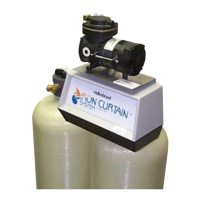
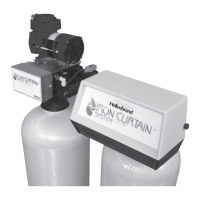
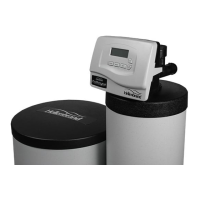
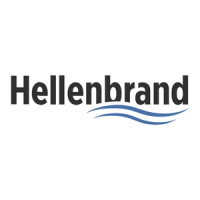
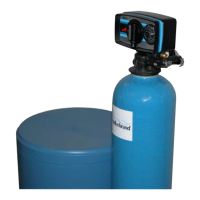
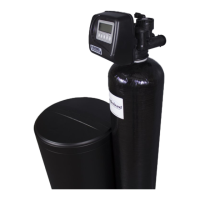
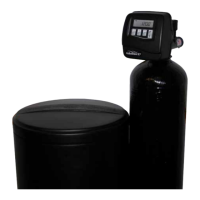
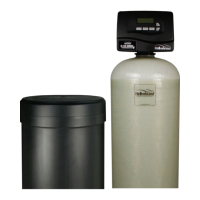
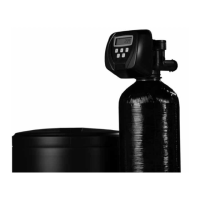


